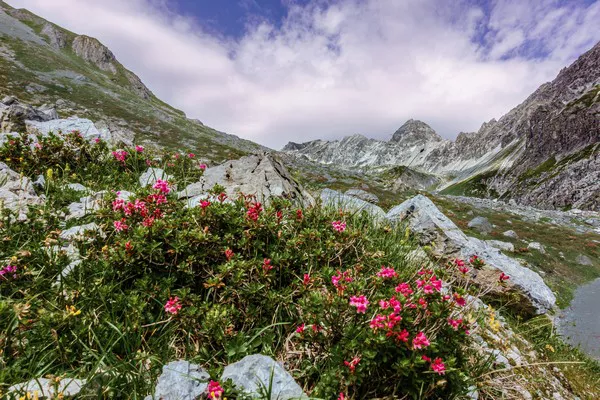Chile’s Atacama Desert, renowned as one of the driest places on Earth, has burst into a rare display of white and violet blooms following an unprecedented period of winter rainfall, marking the first such occurrence in ten years.
Researchers speculate that this unexpected phenomenon may be linked to climate change, altering the dynamics of the world’s most arid desert.
The Atacama, known for its infrequent yet dazzling “flowering desert” phenomenon during periods of heavy winter precipitation, witnessed this year’s remarkable bloom due to rains in Northern Chile during the Southern Hemisphere’s fall.
In mid-April, approximately 0.4 inches (11 millimeters) of rain combined with morning fog triggered the awakening of vegetation that can lie dormant for up to 15 years.
The landscape now boasts vibrant fuchsia-colored “pata de guanaco” flowers and delicate white “suspiros de campo,” spreading across major swathes measuring between 115 and 155 square miles, as confirmed by César Pizarro, head of Biodiversity Conservation and Scientific Research at the National Forestry Corporation (Conaf) in Atacama.
Typically, a full flowering desert, occurring primarily from September to October, can extend over an expansive 5,800 square miles, showcasing the bloom of approximately 200 flower species, reports Interesting Engineering.
Most blooms historically coincide with spring, typically from June to August, often influenced by the El Niño effect, which increases precipitation in Chile above average levels.
Climate change, which could elevate the frequency of such rare events as desert blooms, poses potential risks to annual plant reproductive cycles.
This recent spectacle in the Atacama serves as a poignant reminder of nature’s resilience amidst changing environmental patterns, highlighting both the fragility and adaptability of Earth’s ecosystems.


